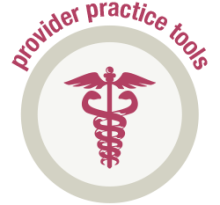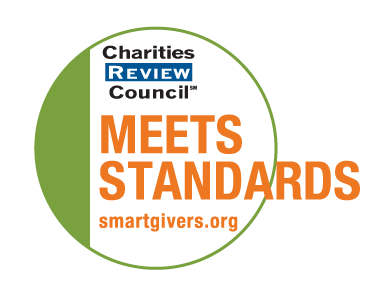PROVIDER RESOURCES
Screening and Diagnosing Diverse Populations
Healthcare professionals may have limited knowledge about the health disparities of Alzheimer’s for diverse, marginalized, and underserved populations and the factors that affect their access and use of medical services. Additionally, the dementia screening process may not be culturally competent. The following tips may be useful.
Tips for Screening and Diagnosis:
- Translating a cognitive screening instrument into a patient’s native language will not eliminate cultural bias that may be inherent to test content. Use caution with any tool that has not been sufficiently validated for use in the population of interest.
- A culturally appropriate (unbiased) and validated cognitive screening instrument may not be available for a particular patient. In such cases, you may need to forego screening and rely more heavily on clinical history (e.g., family/care partner characterizing how the patient’s cognitive and functional status has changed over time) and informant ratings to inform a diagnosis of dementia. Consider adapting and asking families to tell how the person's FUNCTION has changed (for areas such as cooking, bathing, hobbies).
- When an ideal screening instrument is unavailable, consider using cognitive evaluation as an ongoing monitoring process instead of the one-time screening. Or, use the best tool available and monitor for change over time (i.e., perhaps every 6 or 12 months or each patient visit).
- Structured evaluations of a patient’s functional status, such as ADLs and IADLs, provide essential information for diagnosis and can contribute to recommendations regarding safety, care planning, and the need for assisted services. Functional status can be self-reported by the patient and/or care partner (e.g., Functional Activities Questionnaire - FAQ) or be part of a formal occupational therapy evaluation (e.g., Cognitive Performance Test - CPT).
Screening Tools
Advantages
- Rapid screen (90 seconds)
- Easily modifiable (e.g., word lists can be translated into patient’s native language)
- Tool validated in various cultural groups
Disadvantages
- Limited score range of 0-5 means tool is less ideal for tracking change over time
Tools
MOCA
Advantages
- Translations available in >50 languages
- Has a low vision/blind version
- More comprehensive in scope than other tools
- Better psychometric properties than the MMSE for early/timely diagnosis
- Most useful tool for tracking change over time
Disadvantages
- Takes 15-25 minutes to administer
- Language translation does not mean instrument is culturally appropriate or valid in all cases
Advantages
- Translations available in 8 languages
- Measures diverse cognitive abilities
- Score range of 0-30 useful for tracking change over time
- Better psychometric properties than the MMSE for early/timely diagnosis
Disadvantages
- Takes 10-15 minutes to administer
- Language translation does not mean instrument is culturally appropriate or valid in all cases
Tools
RUDAS
Advantages
- Developed intentionally for patients with low levels of education, limited language fluency, and diverse cultural backgrounds
- Measures wide variety of cognitive abilities (i.e., memory, praxis, visuospatial skills, language, and judgment)
- Score range of 0-30 useful for tracking change over time
- Strong psychometric properties
Disadvantages
- Takes 10-15 minutes to administer
Tools
MMSE
Advantages
- Translations available in >50 languages
- Well known
- Score range of 0-30 useful for tracking change over time
Disadvantages
- Takes 10-15 minutes to administer
- Poor sensitivity in detecting dementia in early stages
- Copyrighted (must be purchased)
- Language translation does not mean instrument is culturally appropriate or valid in all cases
Additional Resources:
Early Detection Screen for Dementia (NTG-EDSD) for IDD population: The NTG-EDSD offers family and professional caregivers a resource to record their observations regarding changes in cognitive and adaptive functioning known to be associated with dementia among those with developmental disabilities. The intent is that caregivers will use the information captured on the NTG-EDSD to begin a dialogue with healthcare practitioners. It will serve as an aid to shared decision-making.







